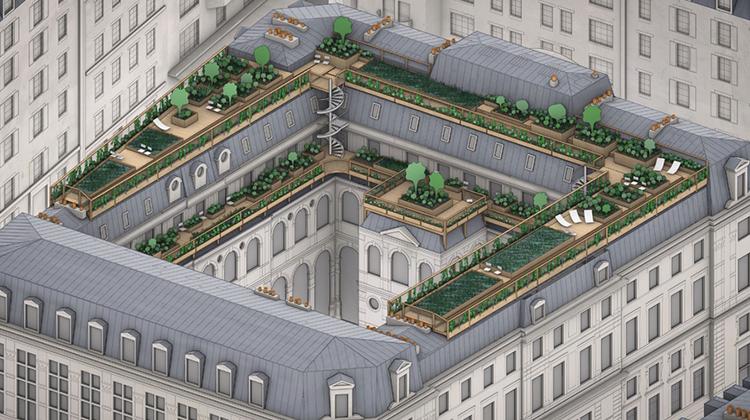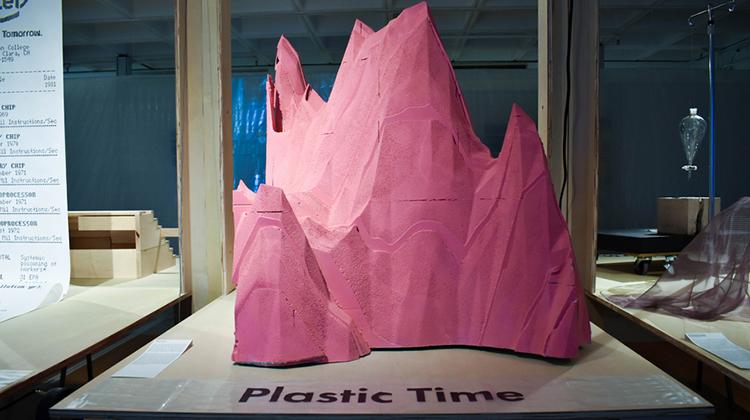Architectural Design Workshop — Financial Forms: Designing Architecture for Alternative Economies
Clients, funding, consultants, contracts–architects are enmeshed in financial mechanisms that forever remind us of our direct reliance on local and global economies. Money talks and architecture follows: our work articulating the interests of those served while fluctuating with the rapidity of the market. And while this relationship may be fixed, perhaps we can find ways to resist its normative logics, which exacerbate social inequalities and consolidate power in the hands of the few and the privileged. This workshop will explore alternative economies and financial arrangements to find ways to re-code capitalism’s tendencies, desires, and outcomes. We’ll draw from a range of writing–from queer theory to post-colonial studies to literary criticism–to undo dominant financial orientations.
We will ask whether in addition to designing architecture, we can also design the market that demands architecture – to produce economic scenarios under which we might build. Each week we will pair readings in economic anthropology (studying how economies are shaped by behavior, cultural values, and social relationships), texts from other disciplines, and case-studies to invent atypical demand-chains, work against models of optimal performance, and instrumentalize culture to undercut efficiency. We will look at how we might produce clients, programs, and actor networks rather than responding to the whims of the market. We will consider how we might think of economic arrangements as tools for designers.
We will read, write, and compile a compendium of research for a publication on the topic. Students are encouraged to find broad reaching examples–from the domestication of post-war military technology to the proliferation of sharing economies to recent trends in reuse and the circulation of materials.
We will focus on buildings, materials, and products, largely drawn from North America in the 20th and 21st centuries, but may also look further afield. The course will focus on real examples of immaterial and material phenomena, inventing new languages and representational strategies along the way.





